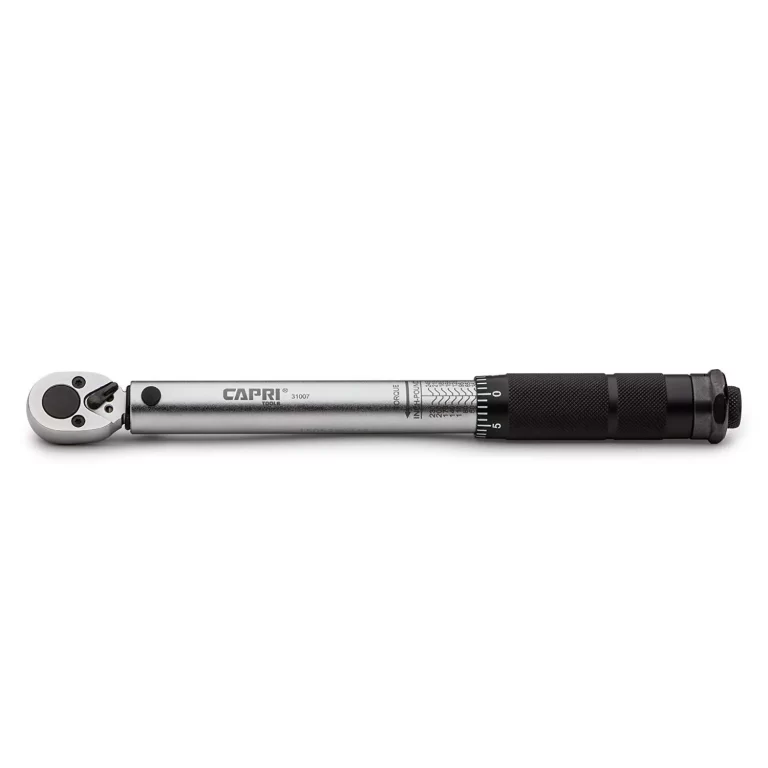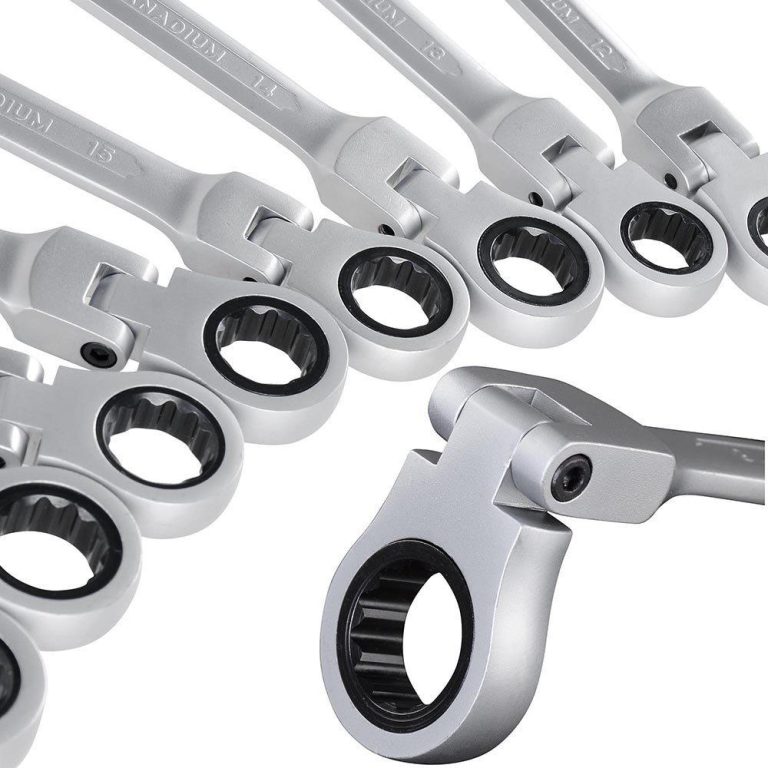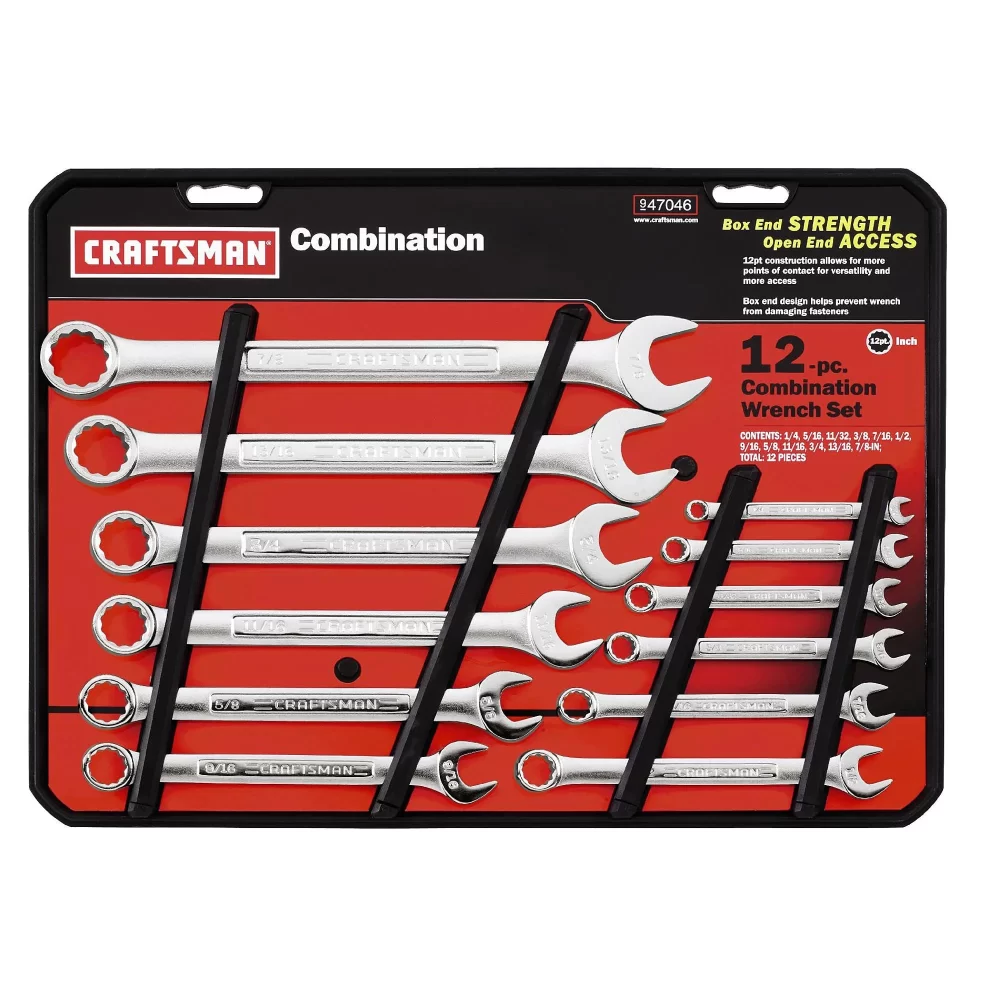
Combination Wrench Explained: A Comprehensive Look at Tips
What is a Combination Wrench?
Combination wrenches are essential hand tools used in various applications. They feature two ends with different functionalities, making them highly versatile. Understanding their definition and features helps users select and use them effectively.
Definition and Key Features
A combination wrench has two distinct ends. One end is an open-end wrench, while the other is a box-end wrench. The open-end side grips nuts or bolts from their sides. It allows quick adjustments when space is tight. The box-end side completely encircles a nut or bolt. This ensures a more secure grip and reduces slippage.
Combination wrenches come in various sizes, matching different bolt or nut dimensions. They are typically made of durable materials like chrome vanadium steel. Some also feature coatings to prevent corrosion. Their straight or slightly angled handle design allows for proper torque application.
Differences Between Combination Wrenches and Other Wrench Types
Combination wrenches differ from other wrenches because of their dual functionality. Open-end wrenches have only the open jaw, limiting their grip strength. Box-end wrenches, while offering full grip, lack versatility in confined spaces. Adjustable wrenches provide flexibility with size but may not maintain a tight fit under heavy torque.
Combination wrenches combine the strengths of open- and box-end wrenches. This unique combination simplifies toolboxes and ensures efficiency on tasks needing quick switches between ends. When compared to socket wrenches, combination wrenches are more portable and need no additional parts, such as ratchet handles or sockets. However, they may require more turning room.
In general, a combination wrench is a go-to tool for tasks involving bolts and nuts. Its dual-end design offers convenience and reliability, making it a staple in mechanic and DIY toolkits alike.
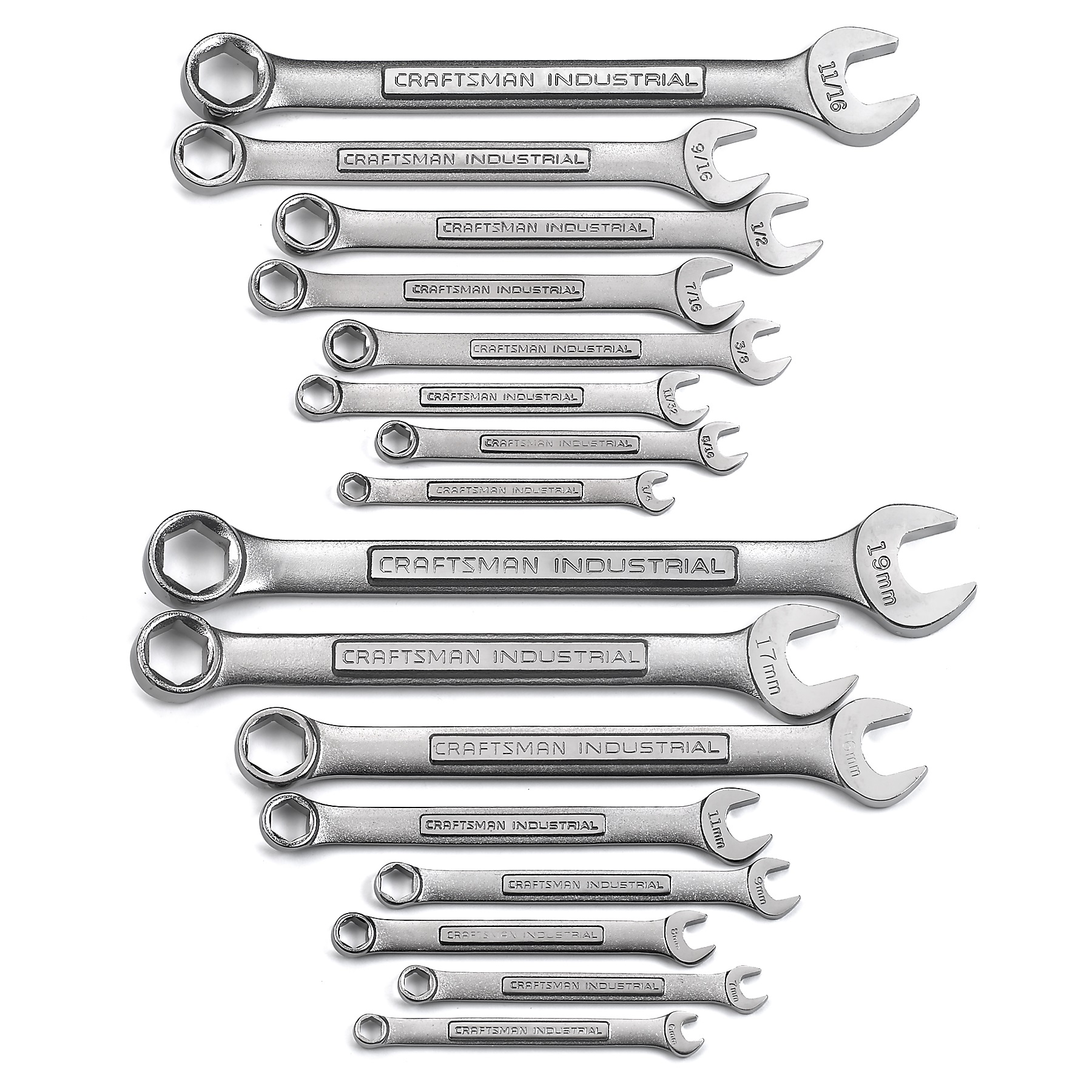 Types
Types
Combination wrenches come in various types, designed for different tasks and user preferences. Knowing the types helps you choose the best tool for your needs.
Standard vs. Metric Sizes
Combination wrenches are available in two main size systems: standard and metric. Standard sizes, often measured in inches, are common in the U.S. These suit bolts and nuts designed for imperial dimensions. Metric sizes, measured in millimeters, are used internationally and for most modern machinery.
Choosing the right size system depends on the fasteners you’re working with. Metric wrenches are ideal for European or imported cars, while standard ones fit older U.S. vehicles and projects. Owning both sets can ensure you’re prepared for any task. Always match the wrench size to the bolt or nut for effective results.
Variations in Handle Length and Design
Handle length and design vary to suit specific jobs and preferences. Long-handle combination wrenches offer increased leverage, making it easier to loosen tight bolts. They are great for heavy-duty tasks but may be harder to use in tight spaces.
Short-handle wrenches fit into compact areas but require more effort for high-torque applications. Additionally, some designs feature angled or offset handles. These angles help in accessing hard-to-reach bolts. Ergonomic designs, with rubber grips or contoured shapes, improve comfort during prolonged use.
When picking a wrench, consider your workspace and task demands. A mixture of handle variations in your toolkit ensures versatility for different scenarios.
Purpose and Common Uses
Combination wrenches are versatile tools used widely across many industries and everyday tasks. Their dual-end design, combining open-end and box-end functionality, enables efficiency and adaptability. Below, we discuss their key applications in detail.
Automotive Applications
Combination wrenches are essential in automotive maintenance and repair. They work great for tightening bolts and nuts on engine mounts, wheel assemblies, and suspension systems. The open-end is ideal for adjustments in tight spaces, while the box-end secures bolts effectively.
Mechanics often prefer combination wrenches for tasks involving varied bolt sizes and shapes. Using the right wrench size prevents stripping and ensures precision. These wrenches are commonly found in roadside repair kits and professional garages. Their durability makes them a staple in automotive toolsets.
Plumbing and Home Repair Tasks
Combination wrenches are valuable for plumbing and home repairs. In plumbing, they tighten and loosen fittings, pipe bolts, and flanges. The design facilitates work in cramped spots under sinks or behind toilets.
For general home repairs, combination wrenches assist in assembling furniture, repairing appliances, or fixing fixtures. Their versatility minimizes the need for multiple tools. Homeowners often include them in DIY kits for quick fixes. When paired with other tools, they handle a wide array of home projects.
Industrial and Professional Uses
In industrial settings, combination wrenches serve heavy-duty applications. They’re widely used in manufacturing, construction, and mechanical maintenance. Workers can rely on them to secure machinery, adjust equipment, and tighten bolts on structural installations.
Professionals in engineering fields value combination wrenches for their precision and strength. Specialized wrench sets, often with ergonomic designs or coatings, cater to industrial demands. Advanced durability ensures longevity, even under extreme conditions.
Combination wrenches are indeed indispensable tools across different sectors. Their versatility and efficiency make them fundamental in automotive, plumbing, home repairs, and industries alike.
 How to Choose the Right One
How to Choose the Right One
Selecting the right combination wrench ensures efficiency and prevents damage to bolts and tools. Understanding key factors and knowing popular brands can help make an informed decision.
Factors to Consider: Size, Material, and Build Quality
- Size Compatibility: Match the wrench size to the nuts or bolts you are working with. Improper size may lead to slippage or stripping. Keep both metric and standard sets for versatility with diverse fasteners.
- Material Strength: High-quality materials like chrome vanadium steel ensure durability and longevity. Strong materials resist wear and prevent breakage under high torque.
- Build Quality: Look for wrenches with a precise grip. This improves performance and minimizes accidental rounding of bolt edges. Coated finishes also help prevent corrosion and rust.
- Ergonomics: Ergonomic handles offer better control and reduce hand strain during use. Rubber grips or contoured designs can improve comfort during extended tasks.
Popular Brands and Their Features
- Snap-On: Known for professional-grade wrenches, Snap-On offers superior build quality and precision.
- GearWrench: Renowned for innovative designs, such as wrench sets with angled or ratcheting features.
- Stanley: Offers a balance of affordability and quality, making it suitable for DIY enthusiasts.
- Craftsman: Popular for their lifetime warranty and durability, ideal for automotive and home repairs.
- Husky: Budget-friendly options with quality materials, ensuring reliability for casual users and professionals.
When investing in combination wrenches, prioritize durability and functionality. Choose a trusted brand and consider your specific needs. The right combination wrench makes every task easier and more efficient.
Tips for Proper Use
Using a combination wrench correctly improves efficiency and ensures safety. Below are essential tips to help you.
Correct Techniques for Loosening and Tightening Bolts
- Choose the Right Wrench Size: Always match the wrench size to the nut or bolt. A mismatch can cause slipping or damage.
- Use the Open-End for Quick Adjustments: The open-end is ideal for fast tasks in tight spaces. Position it on the sides of the bolt or nut.
- Secure with the Box-End: Switch to the box-end for a firm grip and to avoid slippage. It completely encircles the bolt for better control.
- Apply Steady Pressure: Avoid jerking movements while turning the wrench. Apply even pressure for smoother operation.
- Leverage Long Handles for Tight Bolts: Use a wrench with a long handle for tough bolts or nuts. It provides extra torque easily.
- Loosen with a Proper Grip: Hold the wrench firmly and pull in a controlled direction. This decreases the risk of tool slippage.
By practicing these techniques, your tasks become more efficient and precise.
Safety Precautions to Avoid Damage or Injury
- Inspect Wrenches Before Use: Check for cracks, wear, or rust. Faulty wrenches can break during use.
- Maintain a Firm Handhold: Secure your grip on the wrench handle. A loose grip may cause accidents.
- Avoid Over-Tightening: Over-tightening can strip bolts or damage threads. Stop once resistance is sufficient.
- Work in a Clear Space: Remove obstacles in the work area to prevent slipping or distractions.
- Use Eye Protection: For safety, wear goggles when working near small or fast-moving parts.
- Do Not Use Wrenches as Hammers: Using wrenches as hammers can damage both tools and cause injuries.
- Store Tools Properly: After use, store wrenches in a safe, dry place to extend their life.
Following these safety tips ensures you avoid injuries and keeps your tools in good condition for future use.
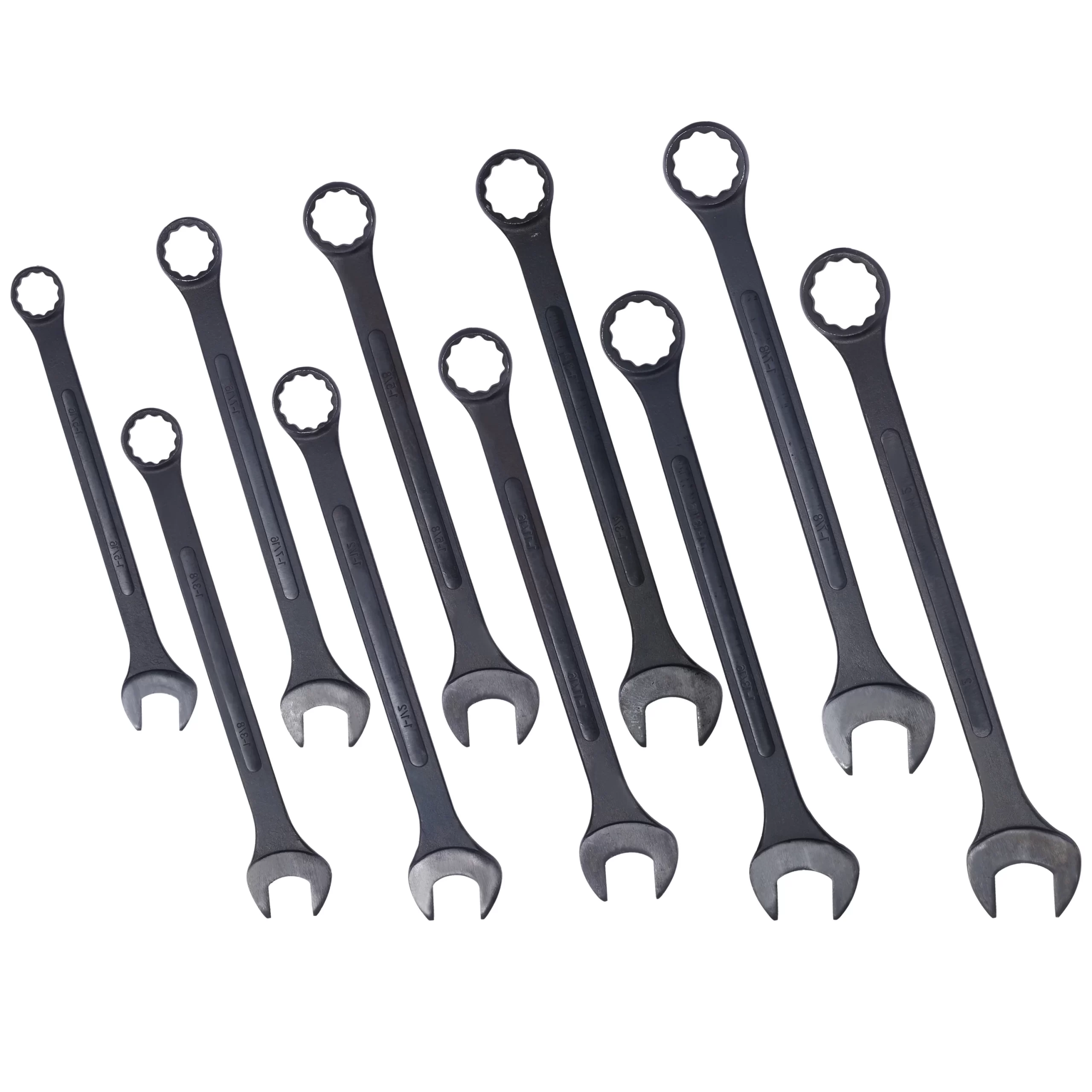 Maintaining and Caring
Maintaining and Caring
Proper maintenance of combination wrenches extends their lifespan and ensures optimal performance. Here are key practices to follow.
Cleaning and Storage Recommendations
- Clean After Use: Wipe the wrench with a clean cloth to remove dirt and grease.
- Use Mild Soap: Wash with soap and water for stubborn stains. Dry thoroughly to prevent rust.
- Avoid Harsh Chemicals: Stay away from abrasive cleaners that might damage the wrench’s surface or coating.
- Inspect for Damage: Check for wear, cracks, or bends after use. Fix minor issues or replace damaged tools.
- Store in Dry Areas: Keep wrenches in a toolbox or designated space to protect them from humidity.
- Organize by Size: Arrange wrenches neatly for easy access and prevent misplacement.
- Use Protective Cases: Store in padded cases for extra care, especially during travel or heavy use.
How to Prevent Corrosion and Wear
- Apply Anti-Rust Coatings: Use sprays or oils designed to protect tools from moisture and corrosion.
- Keep Away From Water: Avoid exposing wrenches to damp environments for prolonged periods.
- Dry Thoroughly Before Storage: Ensure the wrench is water-free to avoid rust formation.
- Handle Properly: Avoid dropping or misusing wrenches to prevent dents and wear.
- Regular Maintenance: Inspect coatings or finishes periodically and reapply as needed.
- Use Specific Wrenches for Heavy Torque: Prevent damage by using long-handle wrenches for tough bolts.
By following these steps, your combination wrenches stay in excellent condition, ready for any task.
Common Problems and How to Solve Them
Even with regular care, issues when using combination wrenches can happen. Addressing these problems quickly ensures efficiency and protects your tools. Below, learn how to resolve common challenges.
Stripped Bolts and Nuts
Stripped bolts and nuts occur when edges are rounded off during use. This limits grip and makes tightening or loosening difficult. Luckily, solutions exist to address this issue.
- Switch to Box-End Wrenches: Use the box-end side of a combination wrench for better grip and control.
- Use Gripping Tools: Use locking pliers or extraction tools to hold damaged bolts firmly.
- Start with Care: Handle bolts gently to avoid stripping their edges during initial use.
- Replace Damaged Bolts: Once stripped, bolts may not hold securely. It’s best to replace them immediately.
- Invest in Anti-Slip Wrenches: Consider buying combination wrenches with anti-slip features for safer operation.
By using the above methods, you can prevent further damage and improve bolt handling.
Dealing with Tight or Rusted Fasteners
Tight or rusted fasteners are tricky to handle. They often need more torque or special techniques. Fortunately, there are effective ways to deal with these stubborn components.
- Apply Penetrating Oil: Lubricate bolts and nuts with penetrating oil. Let it sit to loosen rust.
- Use Long-Handle Wrenches: Choose wrenches with long handles for extra torque when working with tight fasteners.
- Tap Lightly: Tap the bolt lightly with a hammer to break rust layers before wrenching.
- Heat Application: Heat the bolt carefully with a torch to loosen rust. Use this method cautiously.
- Repeat the Process: Apply pressure gradually and alternate between tightening and loosening to free stubborn bolts.
These techniques help save time while safely removing tight or rusted fasteners. Regular practice ensures smoother wrenching for future tasks.
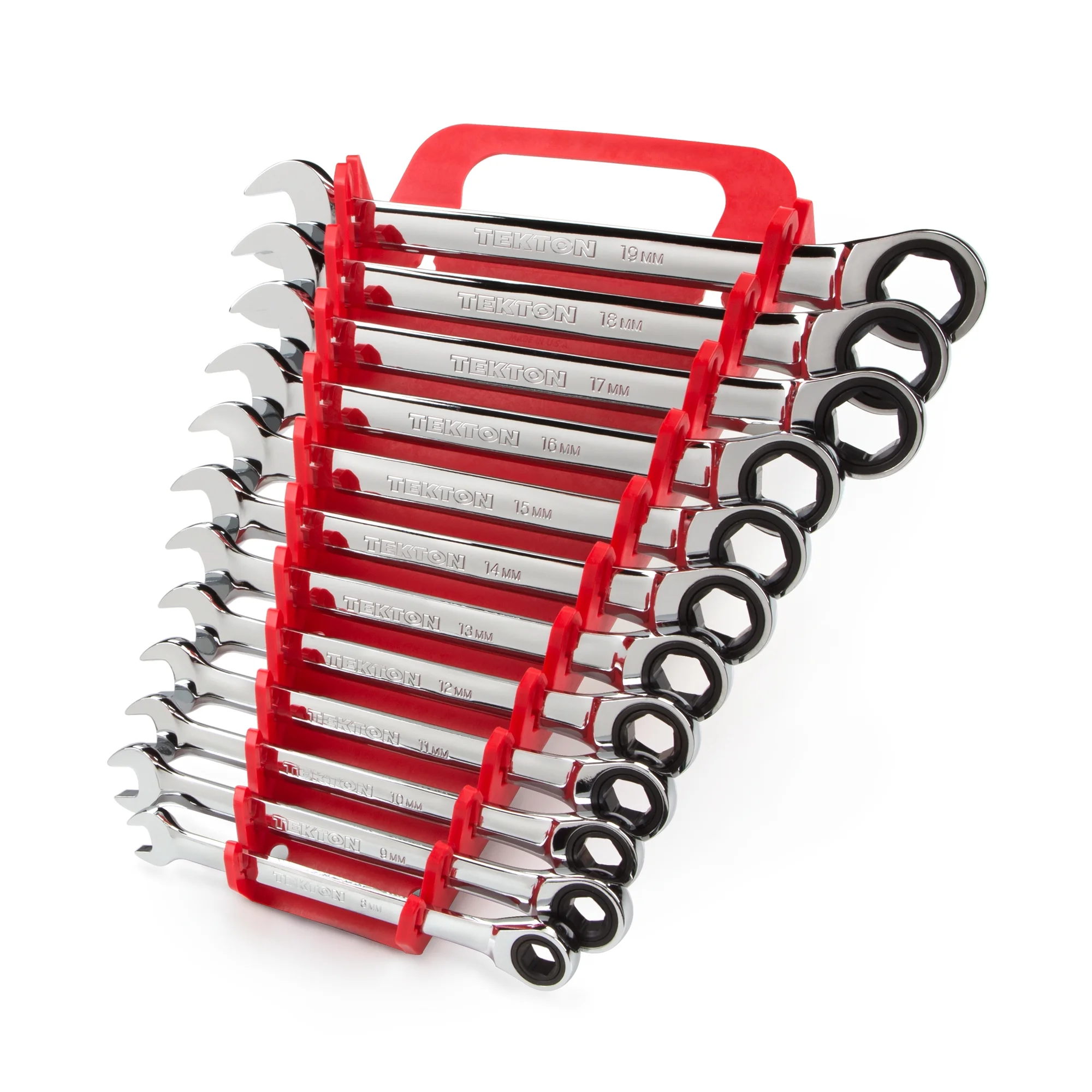
 Where to Buy Wrenches
Where to Buy Wrenches
Finding the right place to buy combination wrenches is essential. Different purchasing options offer unique benefits. Below, we discuss the two primary sources and what to consider when buying.
Local Hardware Stores vs. Online Retailers
- Local Hardware Stores:
- Offer hands-on inspection of the tools.
- Provide immediate availability—ideal for urgent needs.
- Staff can offer expert advice or recommendations.
- May have limited stock or higher prices compared to online options.
- Online Retailers:
- Provide a wider variety of wrench brands and sizes.
- Convenient for browsing multiple options from home.
- Often include customer reviews to help decision-making.
- Shipping times may delay urgent purchases.
- Returns can be slower and more complex compared to local stores.
Choose local stores for fast solutions or online platforms for selection and convenience.
Best Deals and Warranty Considerations
- Compare Prices:
- Search for seasonal discounts or bulk purchase offers.
- Online deals may be available during sales events like Black Friday.
- Warranty Options:
- Look for brands offering lifetime warranties, like Craftsman or GearWrench.
- Verify warranty terms to avoid misunderstandings.
- Quality vs. Price:
- Avoid settling for very cheap options that compromise durability.
- Strike a balance between cost and material quality.
- Local Retailer Benefits:
- Some stores offer price matching for online deals.
- Easier to resolve issues in person if defects arise.
Always ensure you’re getting value for your investment. Pay attention to brand reputation and durability guarantees.
